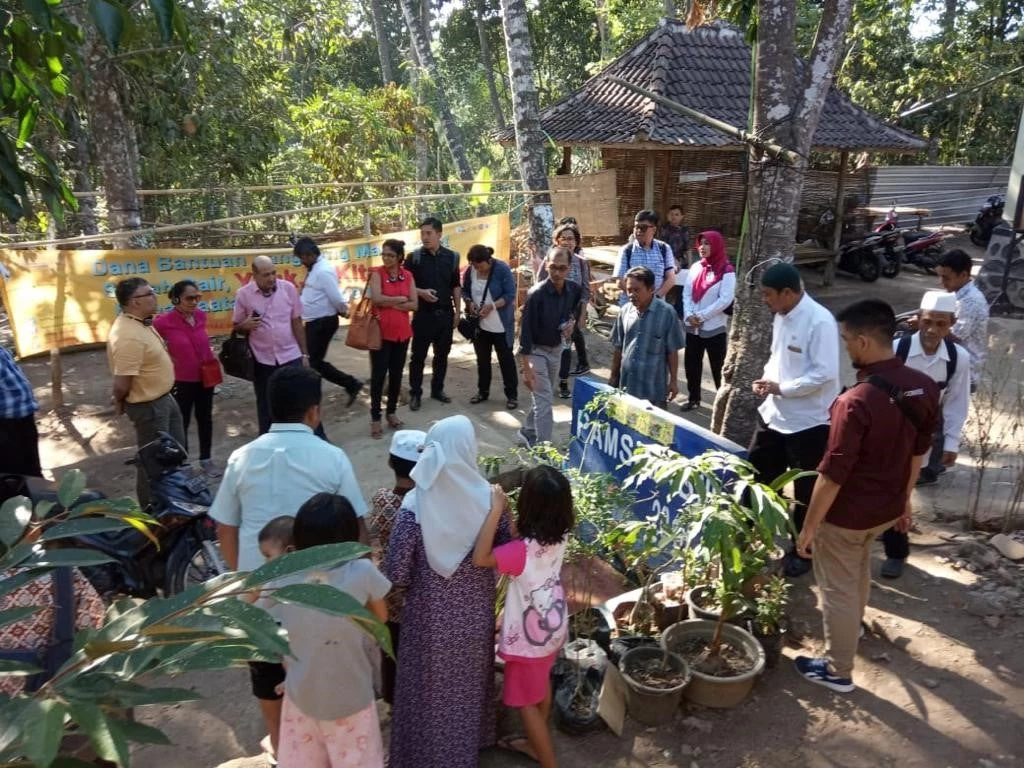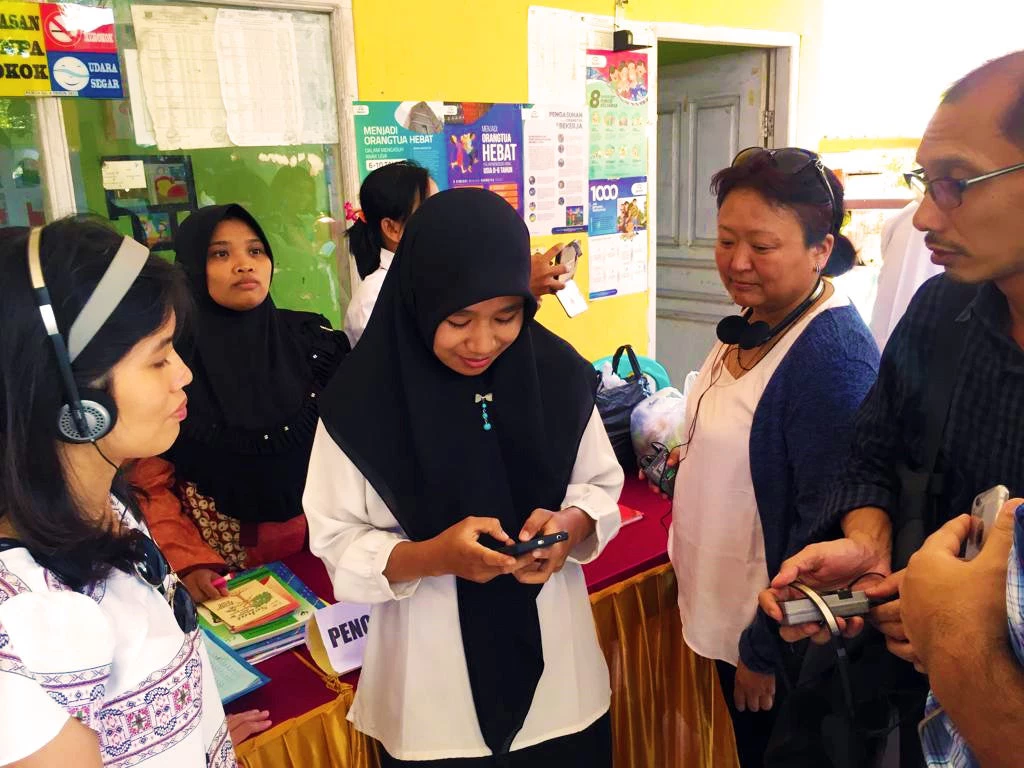 Homeless and poor child drinking milk, representing the situation of children in India who do not have access to a home, nutrition or education.
Homeless and poor child drinking milk, representing the situation of children in India who do not have access to a home, nutrition or education.
Both conditions stem from undernutrition, which is prevalent across South Asia.
Affected children suffer from life-long health concerns, and their motor and cognitive skills are weaker, eventually resulting in poor school performance and fewer job prospects or lifetime earnings.
To learn from best practices, the World Bank brought together government officials from Bhutan, India, Nepal, and Sri Lanka at a knowledge-sharing event in Indonesia. The gathering included discussions with counterparts from Indonesia and the rest of Southeast Asia, as well as field visits.
The three-day study tour was made possible by the South Asian Food and Nutrition Security Initiative (SAFANSI), a World Bank-administered trust fund financed by the UK Government and the European Commission.
Stunting and wasting represent an enormous cost to individuals and economies. Yet, public policy and financing to address this health emergency has been insufficient in South Asia.
Indonesia is at the forefront to reduce stunting
Since undernutrition is a complex problem that requires concerted efforts, the Indonesian government launched an ambitious strategy in 2017 that covers 23 ministries and includes national as well as sub-national programs.
Among these districts is Lombok Barat, in West Nusa Tenggara, where stunting rates are high, even though the island is a popular tourist destination.

“There are problems, such as child marriage, water, and sanitation, that seem to have nothing to do with stunting,” said Lombok Barat District Head Fauzan Khalid during the visit. “But we are now attacking many issues at once and have launched specific interventions to reduce stunting rate. It’s not merely about poverty, but people’s awareness and lifestyle.”
Interventions in the district include raising the marriage age from 19 to 21 or providing iron-supplement tablets in schools.
In villages, health posts called posyandu provide services for babies and pregnant mothers. The facilities feature innovative tools such as a length mat to detect early stunting and an e-posyandu application that records every child’s health conditions.
Human development workers help change behaviors
Leading the charge in villages are human development workers (HDW), who support local service providers involved in health, water and sanitation, social protection, and early education.
In 2018, the World Bank and the government launched a pilot program that engaged 3,105 HDWs in 31 districts across nine provinces.
“There are currently 60 HDWs including myself in Jagaraga Village where I live,” said Kasirah, 40. “We make sure that every child and mother is served, and that they come to posyandu for monthly check-ups. We knock on every door if necessary.”
With a $14.6 billion budget, Indonesia's national strategy to tackle stunting will reach 48 million beneficiaries in 514 districts and 75,000 villages.
Despite receiving a monthly allowance of only Rp75,000 ($5.37), Kasirah is highly dedicated. She also teaches at a local early education center during the day and teaches religion to local children in the evening for free.
Another initiative in Lombok Barat is the Pamsimas water and sanitation program. One of its beneficiaries is the mountainous village of Mambalan where groundwater is difficult to pump.
“We used to buy water and bring it up the hill in jerrycans,” said Lalu Sanusi, head of Baturigi Hamlet in Mambalan. “Since the Pamsimas program installed a water pump and reservoir, clean water has become abundant, and sanitation has improved.”

Some Challenges Remain
However, said Rachman Sahnan Putra, head of District Health Office, low levels of awareness and education, unhealthy lifestyles, parenting issues, and a lack of compliance to check children’s health persist.
“Parents still give children poor quality snacks to appease them,” said Putra.
Following the same logic, District Head Fauzan Khalid called for more stringent regulations at the local level to implement the central government’s policy. Community leaders, for instance, could help enforce social sanctions against child marriage, he suggested.
“Parents still give children poor quality snacks to appease them,” said Putra, Head of District Health Office.
Another participant stressed the importance of prioritizing the first 1,000 days of a child-nutrition intervention program to ensure better nutritional outcomes.
During the study tour, the teams discussed how to prioritize investments to improve human capital.
“Indonesia accords improving nutrition as the national priority among others by adequately investing in the nutrition of children,” noted Hon. Mr. Tshering Wangdi from Bhutan’s Ministry of Finance. “In the short run, it is a worthwhile expenditure, recognizing its many long-term benefits. Such recognition triggers other countries to emulate their best practices.”
Other participants drew parallels between their countries’ anti-stunting policies and Indonesia’s strategy.
Mr. Kedar Paneru, from Nepal’s Ministry of Federal Affairs and General Administration, mentioned that his country also prioritizes nutrition programs across sectors.
“It was interesting to see the experiences of Indonesia,” he said. “It made us realize that we are on the right track.”


Join the Conversation